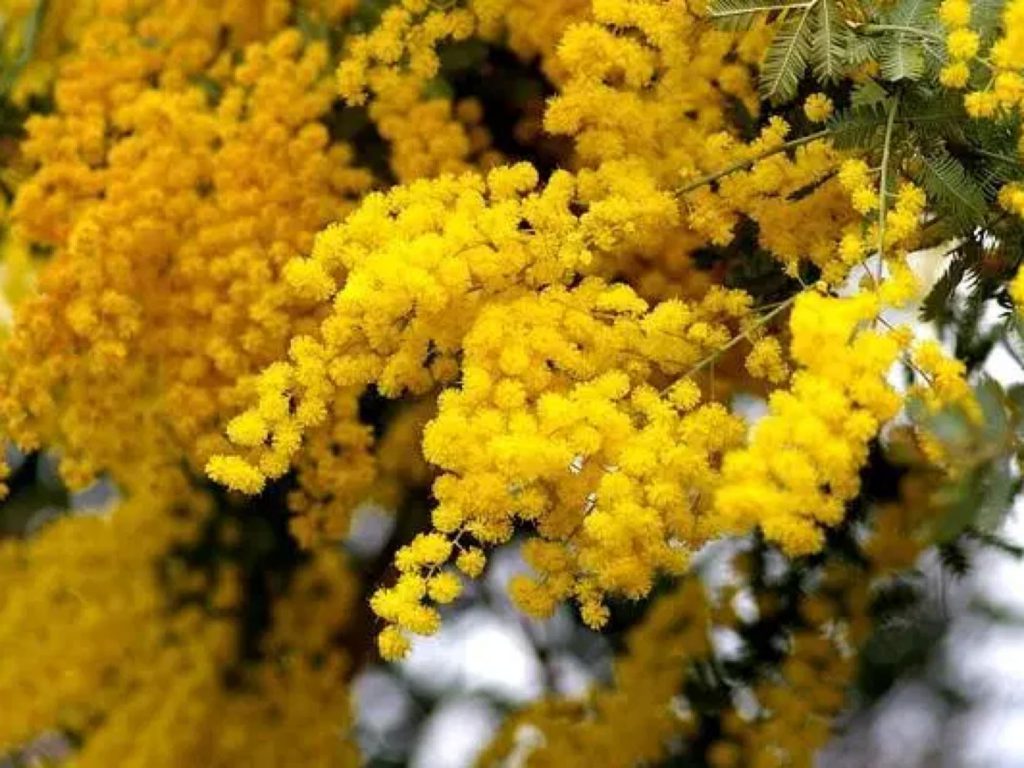
Struck by the rain of acaciaI
want to die like this
The dawn breaks and the sun rises
In the morning light
Find me who got cold
Will that person shed tears?
It’s a sad song. This “When the Acacia Rain Stops” sung by Sachiko Nishida was born in 1960 (Showa 35). Japan at that time was in the midst of the so-called “60-year security struggle.” due to the opposition movement that started with mutual cooperation with the United States and the signing of a security treaty. Meanwhile, a gangster and a right-wing group attacked the demonstrators and caused many serious injuries, and the riot police collided with the demonstrators on a large scale in front of the main gate of the Parliament Building. In the middle of the disturbance, Michiko Kanba was crushed to death. It was the largest and last student movement after the war and a mass movement.
The slightly decadent melody of this song matched the hearts of the students, who were tired of the struggles every day and desperate for the thickness of the wall of the political system, and were often sung on the way back from the demonstration.
アカシアの雨にうたれて
このまま死んでしまいたい
夜が明ける 日がのぼる
朝の光のその中で冷たくなった
わたしを見つけて
あの人は涙を流してくれるでしょうか
切ない歌ですね。
西田佐知子が歌ったこの「アカシアの雨がやむとき」が誕生したのは1960年(昭和35年)、当時の日本はいわゆる“60年安保闘争”の真っただ中でした。
アメリカとの間の相互協力や安全保障条約の調印を発端とした反対運動で世の中は騒然としていました。そんな中、暴力団と右翼団体がデモ隊を襲撃して多くの重傷者を出し、機動隊が国会議事堂正門前で大規模にデモ隊と衝突し、デモ隊の先頭近くにいた東京大学文学部4年生の樺美智子(かんばみちこ)さんが圧死しました。戦後最大で最後の学生運動であり、大衆運動でした。
連日の闘争で疲れはて、体制の壁の厚さに絶望的になっていた学生たちの心に、この歌のちょっと退廃的なメロディーが妙にマッチし、デモの帰りなどによく歌われました。
